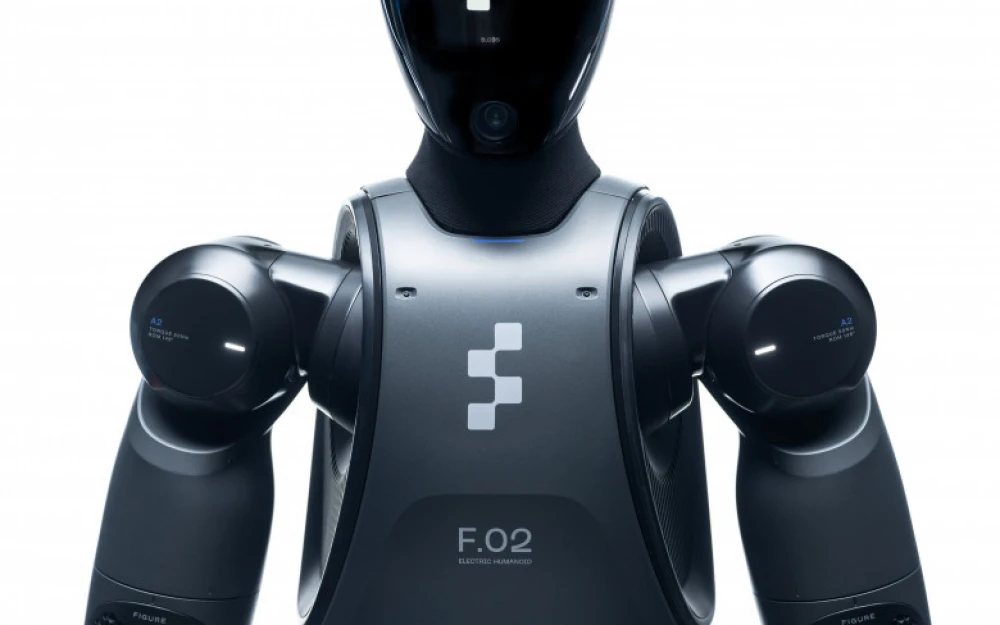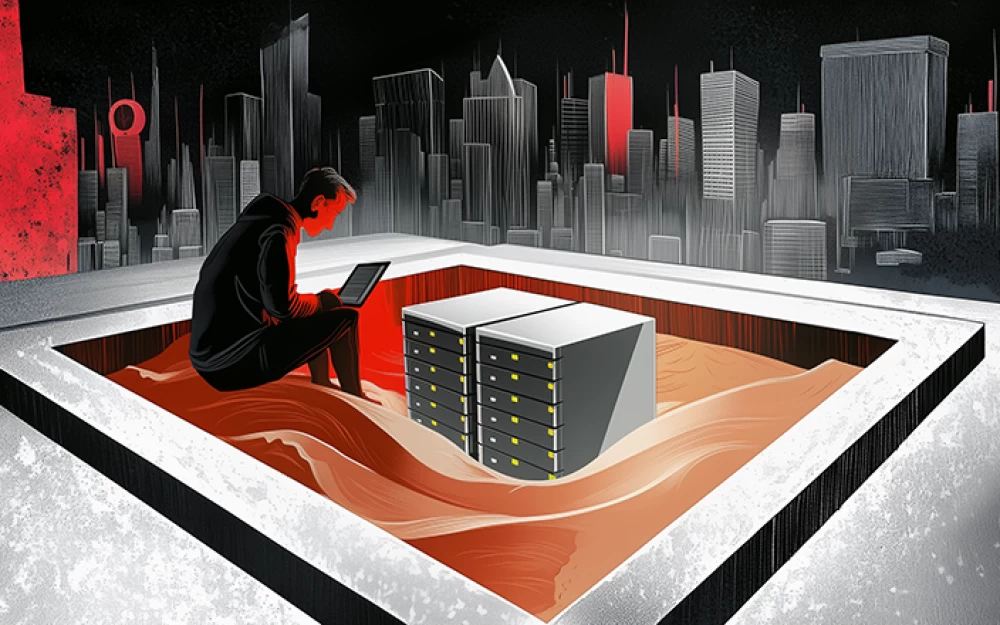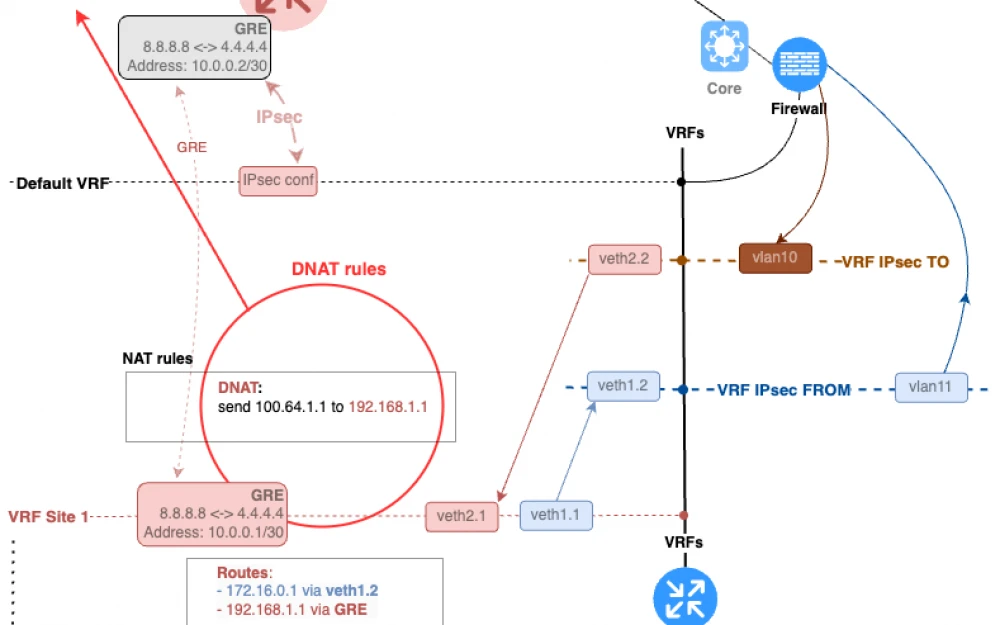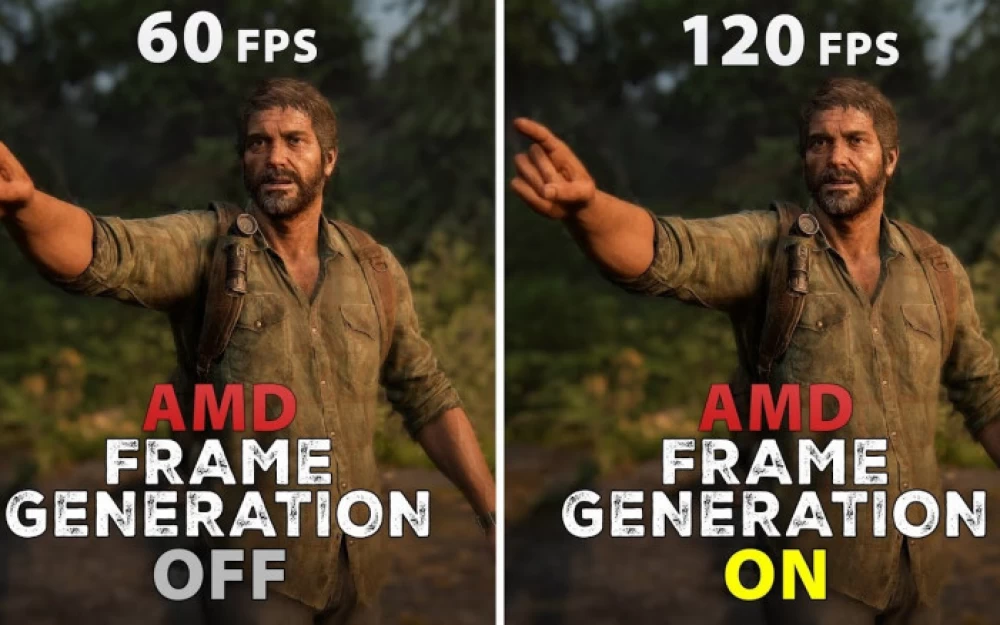- AI
- A
Why humanoid robots are not just hype, but a breakthrough in robotics
Humanoid robots with AI. What once seemed like naive science fiction has already become the present-day reality. But for some reason, there’s almost no discussion about it in Russian-language internet.
In the Russian internet, humanoids are hardly ever discussed. Well, until I start. I'm starting.
Time and again, corporations like Nike, Boeing, Adidas pour tens of millions into “tin” robots. It often ends with not always, but frequently dismantling lines and slave exploitation hiring unskilled workers. Why humanoid robots might change the situation.
Universality vs Specialization. The New Paradigm.
MP3 player
GPS navigator
Alarm clock
Camera
Here's a far from complete list of things that smartphones have replaced (or they're still used, but rarely and situationally)
Although each of them does its job better than a smartphone and can be cheaper (individually), I have never seen anyone voluntarily give up their smartphone in favor of such a zoo. To me, we are currently on the brink of a revolution in robotics, in terms of consequences no less significant than the invention of the iPhone – effective humanoid robots.
clarification
Full replication of history shouldn't be expected, but the scale of consequences will likely be no smaller. In fact, it might be much bigger.
Moreover, androids are already used in car assembly and logistics. So the technology has already matured to "first successes in production," which is already serious. Although it still lags behind industrial robots, which have been in use for half a century.
links to videos
Many criticize humanoids for their apparent inefficiency, but miss the point: their strength is not in surpassing specialized machines in a single task, but in universality and compatibility with a world built for humans
"Project Glory" from Nike — how NOT to do robotization.
I already made a post like this before, in digest form. But I realized it's better to make a post as "an opinion." I’ll also add information from the comments to my previous post. Special thanks to @baldr for the active discussion.
Key points: Nike, Adidas, and other giants wanted to automate their shoe production. And they collided with reality
Inflexibility of robots: if the shoe sole slightly differs from the last one, the machine might just apply glue in the wrong place. While a human worker would quickly adapt.
Diversity problem: it turned out to be too difficult to work with different types of shoes.
Design vs. technology: Nike's business is built on designers, whose work was hindered by the limitations of robots. Either design or robots – one or the other.
Conclusion: The project failed. Millions were spent, but the goals were not achieved. Factories closed, and the focus shifted back to Asia. The takeaway from this case: trying to implement highly specialized robots into a complex, ever-changing human process is a path to failure.
The solution to the problem, or the two pillars of the humanoid robot revolution
Why universal humanoid robots can be deployed where specialized non-humanoid ones failed.
1st Pillar: Infrastructure – the untouchable King.
Boeing remodeled half the facility and spent several years only to fail at robotization.
There's no need to remodel the facility for androids.Maintaining a zoo of robots is harder than maintaining a unified one.
Managers often underestimate the difficulties—which can lead to huge losses.
This sharply lowers the entry barrier. Initial investments are cheap and safe.
2nd Pillar: Training data. Humans are the best teachers for robots.
Versatility is impossible without neural networks, and neural networks need data. It's most efficient to collect data from human form.
You can collect from simulation, but simulation is always simplified (meaning inaccurate) physics. A robot trained in simulation is guaranteed to only work in simulation.
You can collect through "experience," and by the robot's own mistakes in the real world. But for "from scratch" training, this doesn't work.
Collecting data from humans is expensive and slow, but it's very valuable.
This literally gives humanoid robots a cheat-level advantage.
But before, neural networks were much worse, and humanoid robots weren’t capable of useful autonomous work. Both Japan’s Miim in 2009 and the 18th-century "Chess Automaton" were only good for show.
Analysis of some counterarguments
Myth: Human mechanics are imperfect and shouldn't be used in robots
Fact: Androids don't actually copy human mechanics—they (usually) have no joints, no teeth, no skin. What matters is the form factor and compatibility.Myth: Robots move very slowly
Fact: 3.5 seconds per package is actually faster than an average human.It's slower than seasoned professionals, but faster than beginners.Myth: They'll never be used in serious manufacturing
Fact: Car production at BMW’s largest factory more than qualifies as "serious manufacturing."Myth: They'll never pay off—the cost is higher than the salary of two migrants for 30 years
By my quick calculations, <$1 per hour per robot is noticeably cheaper than migrant labor in the US (and elsewhere). Not including, of course, the engineers’ salaries. But HR isn’t included either.
some interesting Q&A
What is the main problem with robots? What prevents them from being as agile as humans?
AI, or rather its imperfection. Mechanics is a lesser problem.Which companies are the most advanced in humanoid robots? Tesla and Boston?
Even though they are more "well-known," Figure surpasses them significantly. My personal top, in descending order: Figure, Agility Robotics, UBTech, Apptronik.Why are androids used in the USA and not Japan or Korea? Their robotization is better
The main thing in such humanoids is AI. In AI development, the USA is ahead of Japan and Korea combined. China also has many AI developments - they also make their own androids. UBTech is already used at Zeekr.BMW is a German company. Why was Germany able to buy it, but Japan couldn't?
The factory where Figure operates is located in the USA. BMW invested well in Figure at the time, has exclusive contracts, and takes all the androids they can.Where is the information from?
Mostly from statements and materials from Figure and several other companies. They may exaggerate, but I haven't found quality refutations. There are a few critical articles in Fortune - Brett accused them of slander and filed a lawsuit. There has been no news since, which is normal. But since then, Fortune has been quieter with their criticism.
It’s clear that there are tasks where humanoid robots are unnecessary. They shouldn't be used instead of a washing machine. They should be used to stuff clothes into it.
Not everything will fit, I’m open to discussion in the comments. If tekkix is inconvenient, feel free to message me privately on Telegram
Conclusion: A robot that doesn’t make production change.
The smartphone didn’t make us carry a gadget backpack, it fits in our pocket. An android doesn’t force factories to rebuild and break technical processes. Therefore, I am confident that in 10-15 years, there will be more androids than people.










Write comment